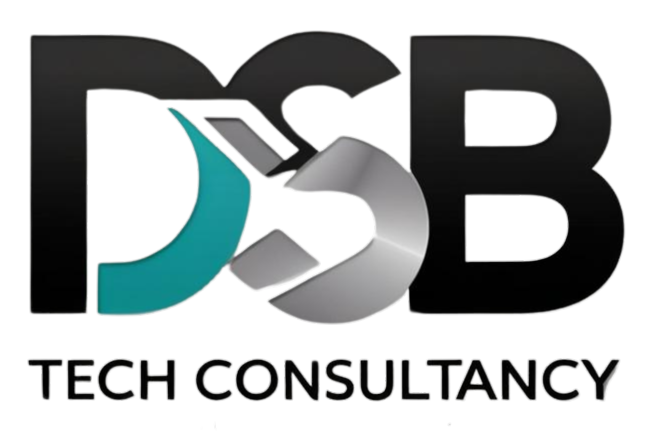We’re all using AI in some way or another these days, aren’t we? From chatbots (which aren’t always AI), that pop up on websites and to the algorithms that decide what adverts we see. But here’s the thing, with all this clever tech, we’ve got to be careful we’re not stepping on anyone’s toes, especially when it comes to people’s data.
ISO 42001: Keeping the AI on the Straight and Narrow
Now, you may or may not have heard of ISO 42001. It’s basically a set of guidelines to keep how we use AI in check. Think of it like an acceptable usage policy for AI. It’s all about making sure AI is used responsibly, ethically, and doesn’t go off the rails.
GDPR: Protecting Your Data, Like It Should Be
Then we’ve got GDPR, which is all about protecting your personal data. It’s like having a bouncer at the door (the ICO), making sure you aren’t letting anyone through, and with AI hoovering up data left, right, and centre, GDPR’s more important than ever.
Your Privacy Policy: Telling People What’s What
Then there’s your privacy policy. That’s where you tell people exactly what you’re doing with their data. It’s like putting a sign up in your shop window, saying, “Here’s what we do with your info.
So, How Does It All Fit Together?
Imagine you’re running a website that uses AI to recommend products to people. Sounds harmless enough, right? But here’s where it gets tricky:
Data Collection:
Your AI needs data to make those recommendations. But you can’t just grab any old data. You’ve got to stick to GDPR, which means only collecting what you need and being upfront about it
Bias:
- What if your AI starts recommending more expensive products to certain people? That could be a sign of bias. ISO 42001 helps you spot and fix these problems.
- Transparency: People have a right to know how your AI works. So, you need to explain it in your privacy policy, in plain English. No jargon, please.
Security:
If your AI system gets hacked, and people’s data gets leaked, you’re in big trouble. ISO 42001 helps you put security measures in place to prevent that.
Real-World Examples
- Think about those facial recognition systems some shops use. They’ve got to be super careful with people’s images, right? GDPR and ISO 42001 help make sure they’re not being used for anything dodgy.
- Or those AI-powered chatbots that handle customer complaints. They need to be trained on the right data, and they need to be transparent about how they’re using people’s information.
- Medical AI is a huge one. When AI analyses scans, or patient data, the accuracy of the model, and the security of that extremely sensitive data is paramount.
It’s About Trust, Really
At the end of the day, it’s all about trust. People want to know that their data is safe and that AI is being used responsibly. By following ISO 42001, sticking to GDPR, and writing a clear privacy policy, you can build that trust. And that’s good for everyone, isn’t it?
Signing off your friendly Tech Jedi…. Also certified AI Ninja!!

